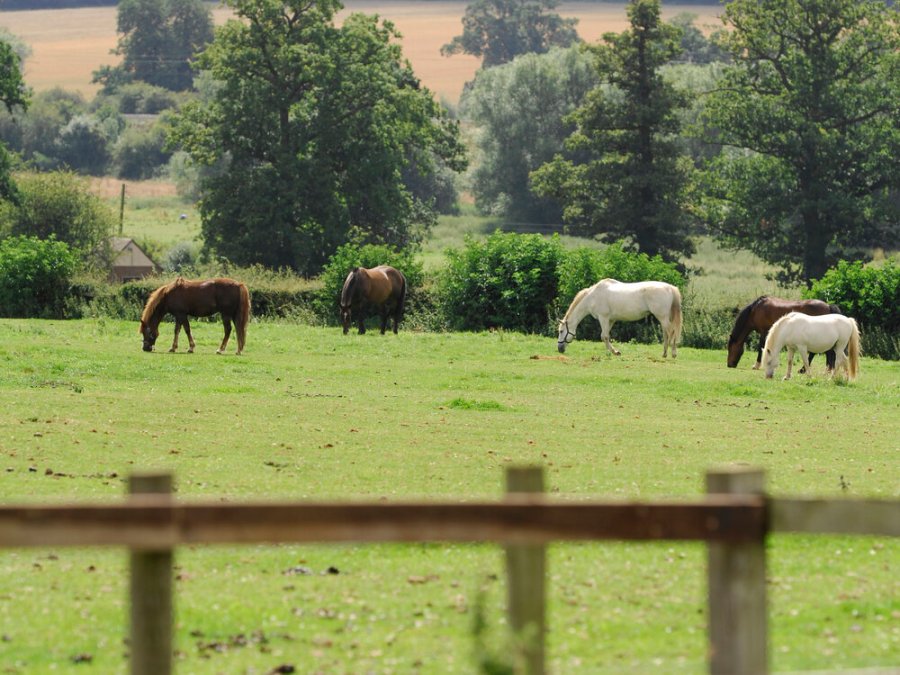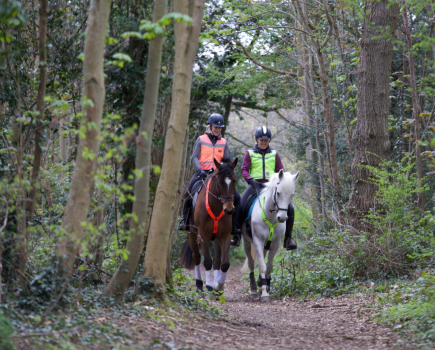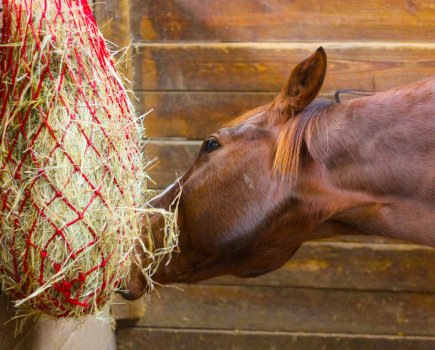There are many risk factors that can increase the risk of colic and other nutrition-related problems such as laminitis.
Dietary change seems to be the strongest and most consistently reported risk factor when it comes to colic, explains Emma Short, equine nutritionist at Baileys Horse Feeds.
Changes in batch or type of forage/concentrate, management changes such as stabling and turnout time, and the quantity and frequency of feeding are all associated with an increased risk.
Causes of risk
The risk of colic is significantly higher two weeks after a change in concentrate feed or forage, and changing forage is generally found to be more harmful than a change in concentrate/grain, probably because forage represents the largest part of the diet.
Management changes like this tend to occur with the seasons. For example, moving from winter into spring is typically when we transition from hay or haylage to grass, which represents a major change in moisture and fibre levels.
Obviously this year that transition window has been even more significant due to the lockdown for Covid-19.
As the fibre content of lush spring grass is much lower than that of hay of haylage, this is a big change for the digestive system to cope with.
It’s also when the soluble carbohydrate content (starch/sugars) is changing in grass as we move into the growing season, which can put horses susceptible to clinical conditions such as colic and laminitis more at risk.
How much is too much?
How much time you should allow your horse to spend on spring grass isn’t straightforward.
It’s affected by many variables, such as species and variety of the forage, stage of growth and environmental conditions during growth. Added to this, environmental conditions can alter daily.
Although the ideal amount of time spent grazing on new grass is difficult to pinpoint, it’s essential you allow your horse to adapt to his new regime as gradually as possible.
Introduce him to spring pasture slowly by increasing turnout time in a phased fashion. If possible, offer turnout on spring grass for half an hour initially and slowly increase this every few days to help his gut adjust.
Try to build up towards 24/7 turnout gradually, over a period of between two and four weeks.
Strip it off
When grass is in its peak growing period, consider strip grazing to limit the amount of grass your horse has access to.
You can continue to offer hay/haylage in the paddock too, or bring your horse in for a few hours with access to hay/haylage instead.
This gives him ad lib access to forage, without hoovering up too much growing grass at any one time.
Don’t miss the latest issue of Your Horse Magazine, jam-packed with training and veterinary advice, horse-care tips and the latest equestrian products, available now.









